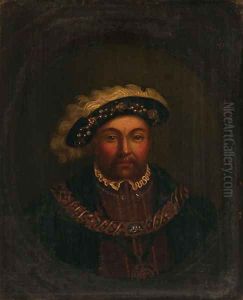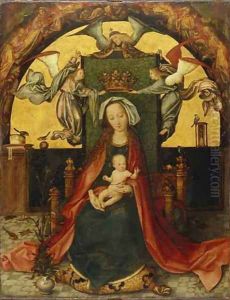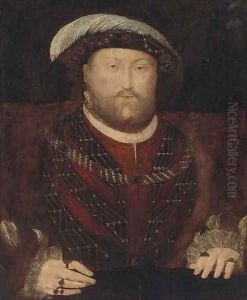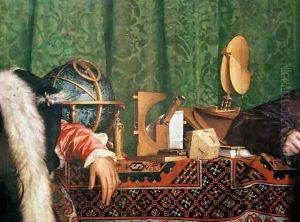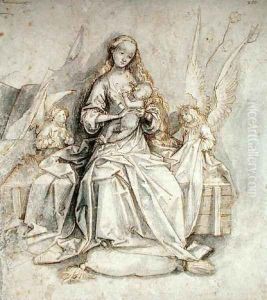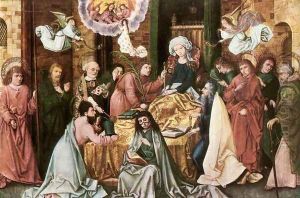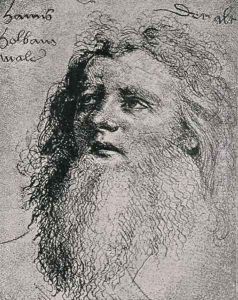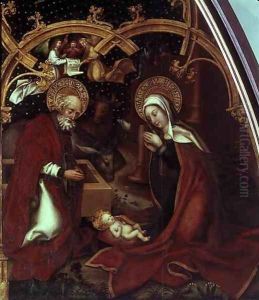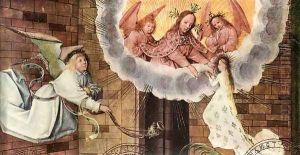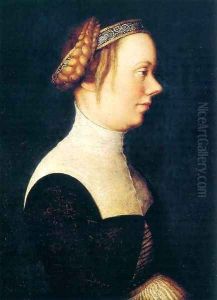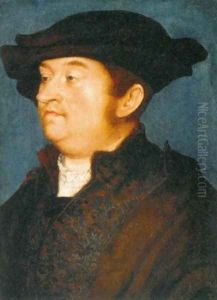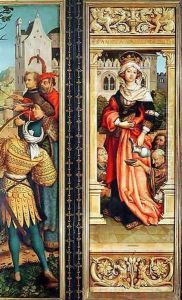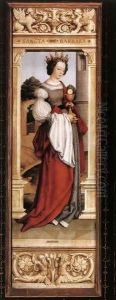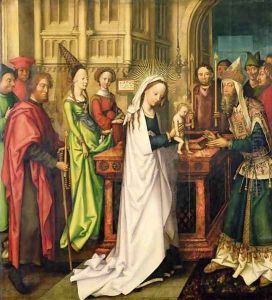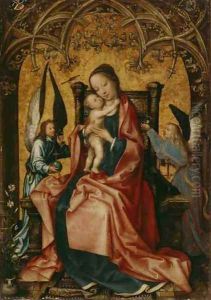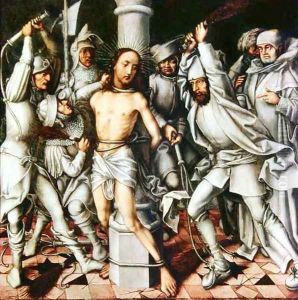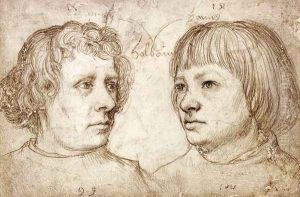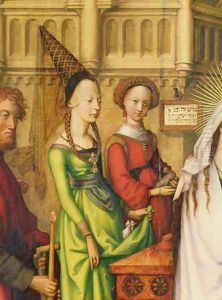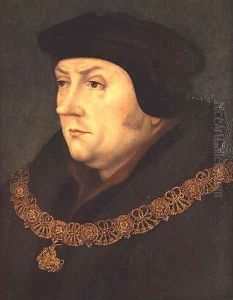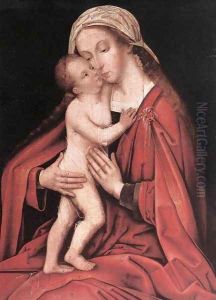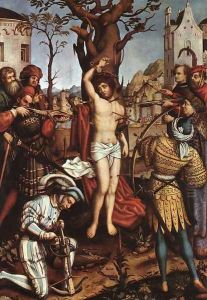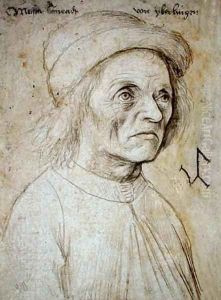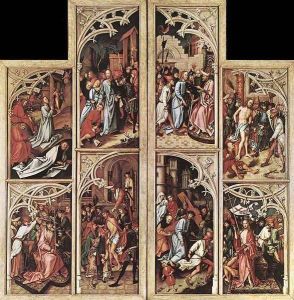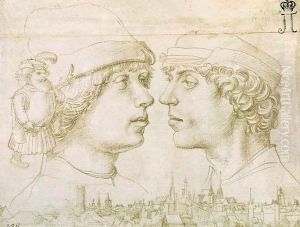Hans, The Elder Holbein Paintings
Hans Holbein the Elder was a German painter and printmaker who played a significant role in the development of Northern Renaissance art. Born around 1460-1465 in Augsburg, a city in the Holy Roman Empire (now Germany), Holbein came from a family of artists. His father, Michael Holbein, was a painter, and his two sons, Hans Holbein the Younger and Ambrosius Holbein, would both become notable artists in their own right. Hans the Elder is known for his religious works, portraits, and frescoes that exhibit a blend of late Gothic and early Renaissance styles. He was also influenced by the art of the Netherlands, which is evident in his attention to detail and use of color.
Holbein's early career was spent in Augsburg, where he became a master in the painters' guild and established himself as a leading artist in the city. He worked on various commissions, including altarpieces for local churches, which helped him gain recognition and success. Around 1500, he moved to Frankfurt am Main, where he continued to work on religious commissions and also painted portraits of the city's notable residents.
Throughout his career, Hans Holbein the Elder developed a style that combined a realistic observation of the human form with a delicate and expressive use of line. His work had a significant influence on the art of southern Germany and contributed to the spread of Renaissance ideas north of the Alps. He is particularly remembered for his contributions to the art of panel painting and his skillful integration of Northern European and Italian Renaissance artistic elements.
Hans Holbein the Elder died in 1524, leaving behind a legacy that would be carried on by his sons, especially Hans Holbein the Younger, who became one of the most prominent portraitists of the 16th century, serving in the court of Henry VIII of England. The Elder Holbein's works continue to be studied and admired for their beauty, craftsmanship, and historical importance.
